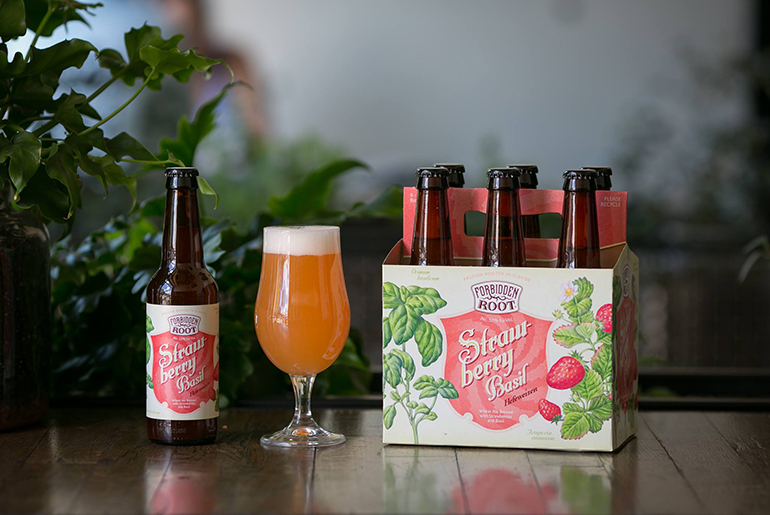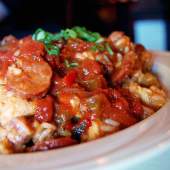Cat’s Corner: A Q & A with Forbidden Root’s Alchemist and Rootmaster

Hello all and welcome back! I hope you are as excited as I am about the new season of Check, Please! In the season premiere, we visit Forbidden Root in West Town, a brewpub that opened in 2016. While Chicago has seen an explosion of craft breweries in recent years, Forbidden Root defines itself not just as a brewery but as a botanical brewery. What does that mean? Read on to find out from the team at Forbidden Root as to what they are all about. Here’s what they had to say:
Cat: You refer to Forbidden Root as a botanical brewery. What does that mean and how does Forbidden Root differ from a traditional brewery?
Randy Mosher, Senior Alchemist: Well, we are a traditional brewery and we use hops and barley like any other brewery. It just happens that all of the fantastic seasonings which used to be common in brewing were mostly phased out in favor of hops over the centuries. So we use nature’s bounty to create unique flavors – whether it’s the wildflowers in our more traditional pale ale; oak spirals in one of our New England-style IPAs; or the rhubarb root in Industry Night, a beer inspired by the Negroni cocktail. Ultimately, we are making beer for a wide variety of tastes, and we try to make sure that we’re offering something delicious for everyone.
Q: What was the inspiration for starting a botanical brew pub?
Robert Finkel, Rootmaster: The brand is a celebration of people creating, respecting, and connecting with nature, and we wanted to literally build those values into our brewpub space. We also wanted to create an immersion experience to share who we are and create a community with like-minded people. The brewpub also serves as an innovation flywheel to try different approaches in making our beer. There is nothing better than direct feedback both to improve and to enjoy what we do.
Robert Finkel and Randy Mosher, Forbidden Root
Q: You create some really fantastic beers with unique flavor profiles. Can you talk about where you look for your inspiration? What’s your jumping off point?
Mosher: It can be a variety of things, but we always try to deeply understand our ingredients and find ways to use them that involves the botany, science, and flavor of all our ingredients (including malt, yeast, and hops) to present them at their best and deliver a cohesive, unique experience with each glass. Sometimes it’s historic beers or old liqueur recipes. We’re relentless when it comes to seeking out new flavors, and sometimes it takes us a while to find the perfect concept to show off a certain ingredient or flavor profile. Sometimes the beer evokes a place, like our Sublime Ginger that transports you to Key West. Everyone knows that hops and malt are complicated, but every ingredient – whether it’s coriander, grapefruit, or something unusual like cherry stems – has the same degree of complexity which needs to be respected. With our Sparkling Rose Ale, we tested a dozen varieties of grapes before settling on Niagara for its muscat-like beauty and character. Needless to say, we have a pretty big backlog of ideas we’d like to try.
Q: You also have a wonderful nonprofit element at Forbidden Root. Can you tell us a bit about how you give back?
Finkel: A core tenant of Forbidden Root is to do good. We are a Benefit Corporation, and give 100% of our non-consumable profits to charity. That means whenever someone buys a t-shirt, hoodie, glass, or bottle opener, the profits are going back to the community. We also have a dedicated tap known as our Love Handle. This always features a guest beer/brewery, and together with that brewery, we choose a charity to receive profits from every glass sold of that beer. And, like all craft breweries, we donate a lot of product to festivals, events, and fundraisers.
Well folks, there you have it! Stay tuned next week for three more great restaurants and some more inside dish right here on my blog!
Cheers,
Catherine





